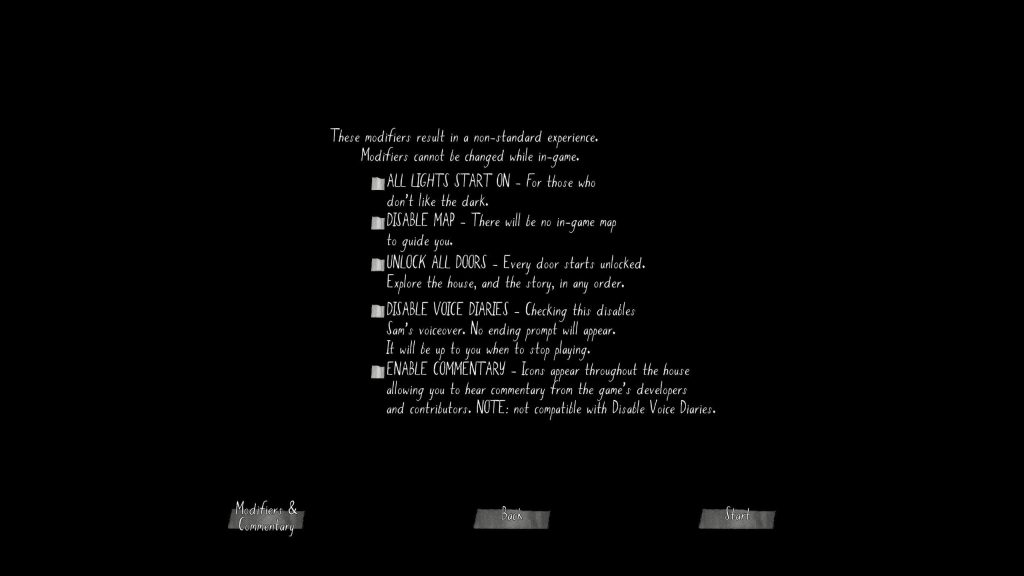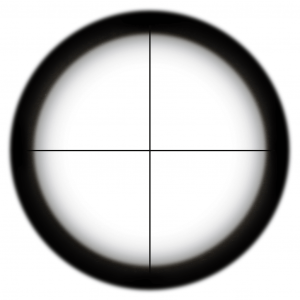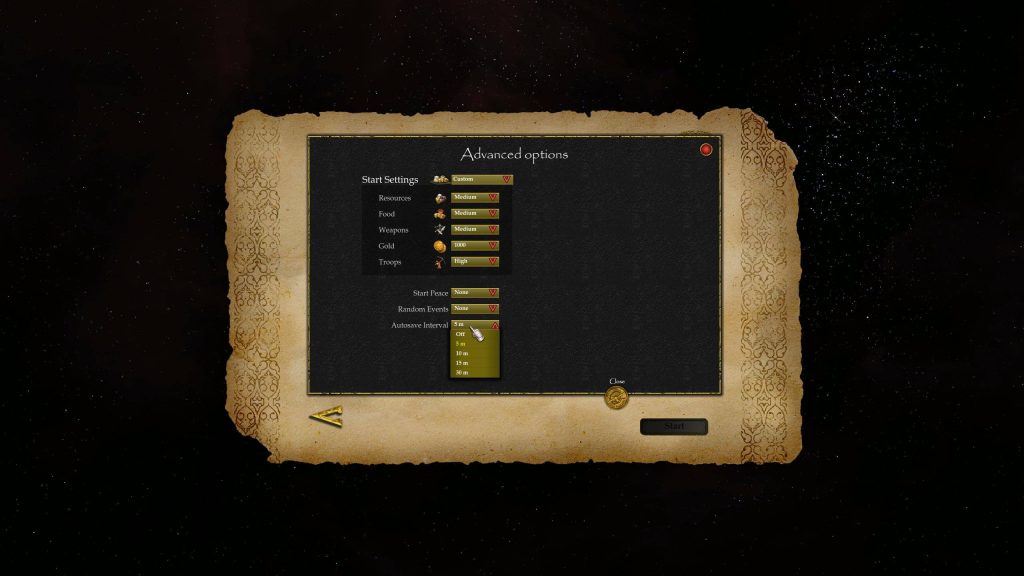Glossary
Here is a glossary of terminology used on this website.
C
Camera
Relevant to output system.
A virtual device that displays a view of a game world.
Isometric camera
Relevant to output system.
A camera that employs an isometric projection of the scene, with projection lines that are parallel to each other.
Camouflage
Relevant to gameplay.
The utilization of branches, fabric, and paints to conceal an object or a character in such a way that they remain imperceptible against the surrounding environment.
Campaign
Relevant to gameplay.
A series of interrelated actions that constitutes a component of a conflict.
Cannon
Relevant to rewards.
A gun fixed to a vehicle or structure that propels projectiles over a considerable distance.
Main cannon
Capture the flag
Relevant to gameplay.
A game mode in which two teams strive to capture the opposing team’s flag and bring it back to their own base. The team that first reaches the predetermined score limit will be declared the winner of the match.
Challenge
Relevant to gameplay.
The circumstances in which players must exert significant physical or mental effort to achieve success.
Championship
Relevant to gameplay.
An event type that involves a sequence of consecutive races, with the participant achieving the highest score at the conclusion of the championship being declared the victor.
Channel
Relevant to output system.
An audio signal that is played back in a different spatial position.
Character
Relevant to gameplay.
A living being or a machine that participates in the narrative of the game.
Character trait
Charisma
Relevant to gameplay.
A unique power possessed by either a player or a non-player character that naturally draws the attention of other characters.
Cheating
Relevant to gameplay.
Engaging in deceitful behavior while participating in the game.
Checkbox
Relevant to output system.
A graphical element that allows players to make a two-option decision.
Five checkboxes in Gone Home.
Credit: The Fullbright Company. Screenshot captured by the author.
Checkpoint
Relevant to accessibility.
A designated area within the game world where the game automatically saves its current state.
Choice
Relevant to gameplay.
The possibility of choosing. Each decision contributes to the game’s increased non-linearity.
Fake choice
Relevant to gameplay.
A choice that creates a misleading perception that the player has the ability to alter the outcome of a situation, when in reality, regardless of his choice, the outcome will remain unchanged.
Choice overload
Relevant to gameplay.
When players encounter difficulty in making a decision when presented with numerous options.
Chromatic aberration
Relevant to output system.
An optical color distortion that causes stray color along the outline of objects within a scene.
Cinematic
Relevant to story.
A narrative video set in the game world.
Circuit race
Relevant to gameplay.
An event type that takes place along an enclosed course with a set number of laps. The winner is the participant who reaches the finish line first on the final lap.
Cliché
Relevant to story.
An expression that has been utilized frequently, resulting in it becoming uninteresting.
Client
Relevant to business.
An individual or entity that provides financial support for the creation of video games, such as a game publisher or a company with or without prior experience in the entertainment industry.
Closed captions
Relevant to accessibility.
A transcription of audio that includes textual descriptions of non-speech elements, such as sound effects, music, silence, and diegetic text.
Clothing
Tactical clothing
Relevant to rewards.
Versatile everyday workwear for security guards, law enforcement and military personnel.
Cloud storage service
Relevant to development.
An internet hosting service designed to host user files.
Collectible
Relevant to rewards.
A reward that is not essential for advancing in the game. Collectibles are items that players can discover and retain. They can assist players in gaining further insights into the narrative of the game.
Color contrast
Relevant to output system.
The perceived difference between the darkness or lightness of two colors and is quantified by a contrast ratio.
Color palette
Relevant to output system.
A set of colors.
Color temperature
Relevant to output system.
A way to describe the light appearance provided by a source of light. It is quantified in units of Kelvin.
Combo box
Relevant to output system.
A graphical element that enables players to choose a value from a list or input a value manually.
In Frostpunk, there is a combo box that facilitates locating any individual from the convoy.
Credit: 11 bit studios S.A.. Footage captured by the author.
Combat
Relevant to gameplay.
A situation in which multiple combatants fight.
Close-quarter combat (CQB)
Relevant to gameplay.
A physical fight involving multiple combatants at close proximity, typically occurring in urban warfare.
Long-range combat
Relevant to gameplay.
A physical fight involving multiple combatants engaging in combat from a distance using ranged weapons, such as rifles or machine guns.
Companion
Relevant to gameplay.
A non-player character that accompanies and aids the player character in advancing through the game.
Competition
Relevant to business.
The game that aims to surpass your game.
Completionist
Relevant to business.
A player whose objective is to acquire all of a specific item or achieve 100% completion in the game.
Composition
Scene composition
Relevant to level design.
The art of organizing objects within a scene.
Unit composition
Relevant to gameplay.
A collection of multiple units in a strategy game.
Concealment
Relevant to gameplay.
The act of hiding something by using, for instance, camouflage or smoke.
Concept
Concept art
Relevant to development.
A piece of art used for story and visual development.
These are the common forms of concept art, whether digital or traditional:
- Paintings.
- Drawings.
- Models.
- Sculptures.
Consequence
Relevant to gameplay.
The outcome of a particular action.
Consecutive kills
Relevant to gameplay.
When a single player eliminates two or more opponents without dying within a brief interval between each elimination.
Constraint
Relevant to business.
A factor that restricts the freedom of a game designer.
Contributor
Relevant to development.
A game designer who adds text or images to a document.
Content
Relevant to rewards.
A part of a game which may include, for example:
User-generated content
Relevant to rewards.
Unofficial content created by other people than the developers of the game. For instance, this content may include:
- Modes.
- Patches.
- Translations.
Context menu
Relevant to output system.
A graphical element that includes a list of options for players to choose from, with each option being pertinent to the current state of the game.
An example of a context menu in a role-playing game.
Contrast
Relevant to output system.
Any difference between two or more game elements.
Control system
Relevant to control system.
See Controls.
Controls
Relevant to control system.
A system that allows players to provide input to a video game.
Hardware controls
Relevant to control system.
Controls which allow players to input commands to a video game, such as:
- Pressing a hardware button.
- Pushing a hardware stick.
- Turning a hardware wheel.
Virtual controls
Relevant to control system.
Controls which allow players to provide input to a video game, for example:
- Pressing a button in the GUI.
- Pushing a stick in the GUI.
- Turning a wheel in the GUI.
Conversation
Relevant to story.
A talk between two or more characters.
Converting
Relevant to gameplay.
A gameplay mechanic in which a player converts a game element, leading to a shift in the allegiance of the converted element. An element of this nature can represent, for instance, a unit in a strategy game.
Cover
Relevant to level design.
Something which protects a character.
Destructible cover
Relevant to level design.
Cover that may be destroyed during gameplay.
Low cover
Relevant to level design.
Cover that is of sufficient height to provide protection for characters who are in a crouched or prone position.
Full cover
Relevant to level design.
Cover that provides protection for the entire character, at least on one side.
Hard cover
Relevant to level design.
Cover that protects characters from harm.
High cover
Relevant to level design.
Cover that is of sufficient height to provide protection for characters who are standing.
Indestructible cover
Relevant to level design.
Cover that is impervious to damage during gameplay.
Opaque cover
Relevant to level design.
Cover that obstructs visibility of characters. For example, such cover can be made of:
- Bricks.
- Concrete.
- Metal.
- Stone.
- Wood.
Partial cover
Relevant to level design.
Cover that protects for only a portion of a character.
Soft cover
Relevant to level design.
Cover that doesn’t protect characters from harm.
Transparent cover
Relevant to level design.
Cover that allows for the visibility of characters. For example, such cover can be made of:
- Acrylic glass.
- Fabric.
- Glass.
- Glass bricks.
- Plastic.
Coyote time
Relevant to gameplay.
A gameplay mechanic that enables players to execute a jump even from mid-air when in close proximity to a platform.
An example of “coyote time” in Rogue Legacy 2.
Credit: Cellar Door Games. Footage captured by the author.
Crafting
Relevant to gameplay.
A gameplay mechanic in which a player has the ability to create a custom reward.
Critical path
Relevant to level design.
A route that players must follow to complete the level without engaging in unnecessary exploration.
Crosshair
Relevant to output system.
The most basic reticle, which consists of two perpendicular lines intersecting in the center of the reticle.
An example of a fine crosshair reticle.
Cue
Musical cue
Relevant to output system.
The trigger for an action to be carried out at a specific time. Games utilize musical cues to signify the occurrence of an event and to prompt players to respond accordingly.
Currency
In-game currency
Relevant to rewards.
The money that is used in the game world.
Cursor
Relevant to output system.
A small shape on the screen that can be manipulated to indicate specific game elements, which players desire to engage with.
In Stronghold Crusader 2, players utilize a cursor (pointer) to navigate and select options.
Credit: Firefly Studios. Screenshot captured by the author.
Curve of emotional engagement
Relevant to level design.
A graph that illustrates the fluctuation of excitement and tension throughout a narrative, typically within a specific section or the entirety of the story.
An example of a curve of emotional engagement, with all significant events clearly highlighted.
Customer
Relevant to business.
See Target audience.
Customization
Relevant to gameplay.
The process of changing a reward according to the player’s needs.
Cutscene
An example of a cutscene in Sniper Elite 4.
Credit: Rebellion Developments. Footage captured by the author.





